The Importance of Reading the Room in the workplace
Dec 27, 2024The Importance of Reading the Room Before Interacting with Colleagues and Employers
In today's fast-paced and dynamic workplace, effective communication goes beyond just words—it includes understanding the emotions, energy, and atmosphere of a room before engaging. "Reading the room" is an essential soft skill that allows professionals to gauge the mood, dynamics, and unspoken cues of a situation, ensuring interactions are appropriate and impactful. For professionals, mastering this skill can lead to stronger relationships, better collaboration, and enhanced workplace credibility.
- Why Reading the Room Matters: Every meeting, conversation, or casual interaction carries an underlying tone. Whether it’s an intense brainstorming session, a casual team catch-up, or a high-stakes presentation, understanding the emotional context helps you tailor your approach.
- Avoid missteps: Speaking out of turn or misjudging a situation can lead to misunderstandings.
- Build stronger connections: Being attuned to others' moods fosters empathy and trust.
- Enhance collaboration: Recognizing group energy helps you contribute more effectively.
- Key Techniques for Reading the Room: Reading the room is about observation and emotional intelligence. Here are actionable techniques:
- Pay attention to body language: Notice facial expressions, posture, and eye contact.
- Listen actively: Observe not just what is said but how it’s said.
- Assess group dynamics: Who is leading the conversation? Who seems disengaged or tense?
- Adapt your energy level: Match your tone and approach to the room's vibe.
- When to Step Back and When to Engage: Knowing when to contribute and when to hold back is a vital part of reading the room.
- Step back: If emotions are running high or tensions are rising, it may be better to observe and wait for the right moment.
- Engage: When the atmosphere feels open, collaborative, and focused, share your insights confidently.
- Virtual Workspaces and Reading the (Digital) Room: In remote or hybrid settings, reading the room can be more challenging, but it’s equally important.
- Observe virtual cues: Pay attention to facial expressions, tone of voice, and engagement in virtual meetings.
- Use chat wisely: Gauge the tone and mood from written communication.
- Be mindful of timing: Consider whether it’s the right moment to speak up in a busy online call.
- The Impact on Workplace Relationships and Performance: Mastering the art of reading the room leads to more productive interactions and stronger professional bonds.
- Improved conflict resolution: Address tensions before they escalate.
- Enhanced team morale: Contribute in ways that uplift and support team dynamics.
- Increased credibility: Being attuned to context demonstrates emotional intelligence and professionalism.
Reading the room is not about being overly cautious or hesitant; it’s about being aware, adaptable, and emotionally intelligent. By observing, listening, and responding thoughtfully, professionals can navigate workplace interactions with confidence and finesse. In a world where communication is key, the ability to understand unspoken cues is a powerful advantage. So, pause, observe, and then engage—you'll be surprised by the difference it makes.
Wilhelmina Stöcker
Founder Bryght Empowered Learning
www.bryghtel.com
Stay in the Loop!
New blogs, courses, and services delivered to your inbox.
We hate SPAM. We will never sell your information, for any reason.




